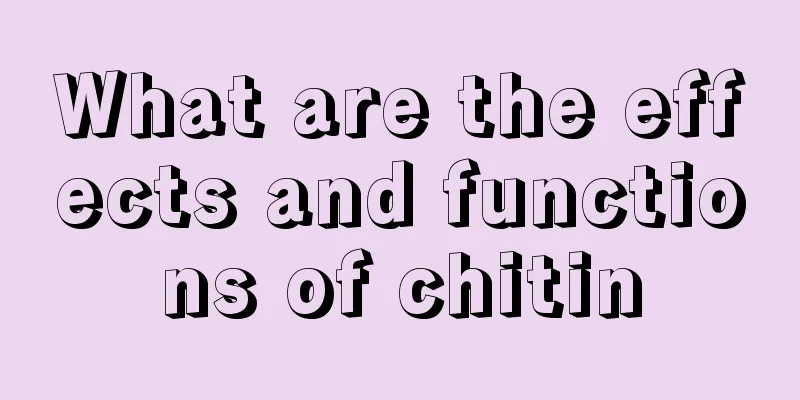Overview of basic knowledge of teratoma

|
Teratomas are tumors derived from germ cells with multidirectional differentiation potential, often containing a variety of tissue components from the three germ layers, with disordered arrangement structures. According to their appearance, they can be divided into cystic and solid types; according to the degree of differentiation and maturity of their tissues, they can be divided into benign teratomas and malignant teratomas. This tumor most often occurs in the ovaries and testicles. It can occasionally be seen in the mediastinum, sacrum, peritoneum, pineal gland and other parts. Teratomas are relatively rare, and the incidence rate itself is not high. They are also scattered in various specialist diagnosis and treatment. Teratomas seen in general surgery are mainly located in the sacrococcygeal region and retroperitoneum. Most of them are benign, but if they grow in the testicles, they are mostly malignant. Teratomas can occur in the ovaries, testicles, retroperitoneum, anterior mediastinum, sacrococcygeal region, skull base, etc. Sacrococcygeal teratomas can be seen in newborns, and retroperitoneal teratomas can be seen in newborns. Some are discovered during development, and a few are discovered after malignant transformation. It is generally believed that teratomas are mostly formed in the early stage of individual development, when some pluripotent teratomas break out and proliferate in the mediastinum to develop into tumors. This type of tumor is mostly benign teratomas. They are often located in the anterior mediastinum. Teratomas are mostly solid, and there may be cysts of varying sizes, containing derivatives of ectodermal, mesodermal or endodermal tissues such as hair, teeth, cartilage, smooth muscle, bronchial or intestinal wall. Some teratomas can become malignant. Teratomas composed of undifferentiated mature tissues are malignant and grow in an invasive manner. Teratomas adhere to adjacent tissues or penetrate into adjacent organs such as the lungs and bronchi. Patients may cough up hair or sebum. Dermoid cysts are single-chamber or multi-chamber thin-walled cysts, named because the cysts are lined with fish epithelium and its appendages. There are nodules, hair and sebum in the cysts. |
>>: What are the typical symptoms of teratoma
Recommend
How to care for advanced lung cancer to stabilize the condition? There are 4 important care methods for advanced lung cancer
When lung cancer patients reach the late stage, t...
How to avoid the recurrence of pituitary tumors
For patients with pituitary tumors, the cure rate...
Edema pharyngitis
Edema pharyngitis is a type of water accumulation...
Chinese herbal formula for treating fungi
There are many parts of the body that are suscept...
Brain cancer is easily confused with 4 diseases
After brain cancer occurs, it can affect the norm...
Floral water to remove acne
The method of using floral water to remove acne i...
What foods are easier to digest?
In our daily life, many people will experience va...
Can watermelon rind remove acne?
A clean face is beautiful, but a face full of pim...
Why are my legs afraid of cold and wind?
According to traditional Chinese medicine theory,...
What are the effects of mothballs?
Mothballs are a very common deodorant in our dail...
How should lung cancer patients be cared for after radiotherapy? These 5 nursing points for lung cancer radiotherapy should be done well
Lung cancer has the highest incidence rate among ...
My stomach is upset and my throat is blocked
Stomach discomfort is a symptom suffered by many ...
Is biological targeted therapy for lung cancer useful? Look at your personal genes
Whether biological targeted therapy for lung canc...
What to do if your throat hurts after drinking
I believe many people have experienced the phenom...
What can't people with stomach cancer eat? These three types of food can't be eaten
People with gastrointestinal diseases should not ...









